Hi there, pet lovers! 🎣
Bass—powerful, graceful, and endlessly fascinating—are among the most captivating freshwater fish species. Known for their striking appearance, intelligence, and impressive hunting instincts, bass are not your average aquarium fish. They are a top choice for hobbyists seeking something beyond the usual guppies or goldfish.
In this detailed review, we’ll dive deep into everything you need to know about keeping a bass—whether it’s the Largemouth Bass (Micropterus salmoides), Smallmouth Bass (Micropterus dolomieu), or Spotted Bass (Micropterus punctulatus). From their temperament and habitat requirements to their diet and long-term care, we’ll help you decide if these magnificent predators are the right fit for your home aquarium or private pond.
Overview
Bass are large, carnivorous freshwater fish native to North America. They’re prized by anglers and admired by aquarists for their bold personalities and incredible adaptability. Keeping a bass as a pet is both rewarding and challenging—it’s a commitment that requires space, proper filtration, and an understanding of their natural behaviors.
Here’s a quick summary for those in a hurry:
- Handling and Temperament: Bold, intelligent, and territorial.
- Care and Maintenance: High-maintenance; requires large tanks or ponds.
- Health and Durability: Hardy fish but sensitive to poor water quality.
- Availability: Readily available through hatcheries or bait shops (check local laws).
- Cost: Moderate to high, depending on setup and species.
- Overall: A stunning, interactive fish suited for experienced keepers with space and dedication.

Why Choose a Bass as a Pet?
Bass are a statement fish—intelligent, responsive, and often interactive with their keepers. They recognize feeding times, watch their surroundings, and may even follow movement outside the tank or pond. For those who love observing natural predatory behavior, few fish are as captivating as a bass.
They’re also long-lived, with Largemouth Bass living up to 15 years in captivity under ideal care. While not the easiest fish to keep, the reward is immense: a living piece of wild nature right in your home or garden pond.

Handling and Temperament
Bass are not the type of fish that can be “handled” like reptiles or small mammals, but their behavior makes them fascinating to observe. They exhibit complex personalities and are highly territorial.
Temperament
- Bold and Curious: Bass often investigate new objects or movements near their habitat.
- Territorial: They defend their space, especially against other large fish.
- Predatory Instincts: They are ambush hunters, using stealth and bursts of speed to capture prey.
Interaction
While they won’t enjoy being touched, bass do recognize their keepers, often surfacing when they see them approach. They quickly associate humans with feeding time, showing remarkable learning behavior.
Tankmates
Keeping bass with other fish is risky. Their strong predatory drive means anything smaller than their mouth is considered food. Suitable companions, if any, should be large, robust species such as catfish, large sunfish, or other bass of similar size (only if enough space is available).
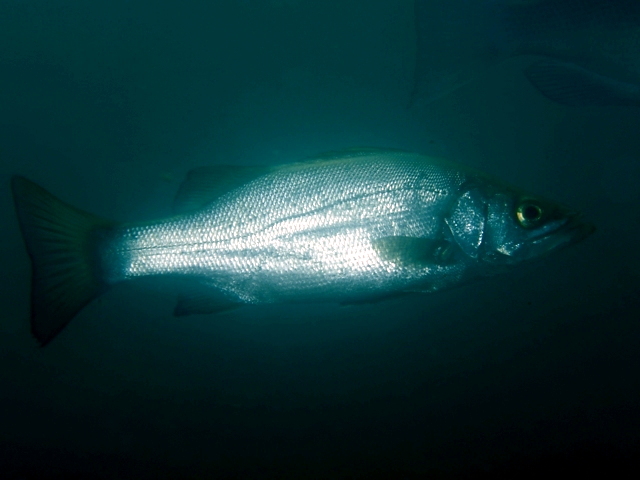
Care and Maintenance
Caring for a bass requires commitment, space, and excellent water management. They are large fish that need room to swim and hunt, so they are best suited for large aquariums or outdoor ponds.
Enclosure Setup
Tank Size
- A single adult bass requires at least a 300-gallon (1,100-liter) aquarium, though larger is always better.
- Outdoor ponds should be at least 1,000 gallons, with ample depth (4–6 feet) to ensure stable temperatures.
Habitat Design
- Include rocks, submerged logs, and aquatic plants to mimic a natural environment.
- Provide open swimming areas and hiding spots to reduce stress.
- A secure lid is essential, as bass are powerful jumpers.
Filtration
Bass produce a lot of waste. Use a high-capacity canister or pond filter to maintain excellent water quality. Consider additional aeration using air stones or pumps to keep oxygen levels high.
Water Quality and Environment
Bass thrive in clean, well-oxygenated water with stable parameters.
- Temperature: 60°F to 75°F (15°C to 24°C). Avoid sudden temperature swings.
- pH Level: Between 6.5 and 8.0.
- Ammonia/Nitrite: Always 0 ppm.
- Nitrate: Below 40 ppm.
- Water Changes: Replace 20–30% weekly to maintain water quality.
Bass are sensitive to poor water conditions. Inadequate filtration or infrequent maintenance can lead to stress and illness.
Feeding and Diet
Bass are carnivorous and require a protein-rich diet. Feeding them properly is one of the most enjoyable aspects of ownership.
Diet Options
- Live Food: Feeder fish, crayfish, shrimp, frogs, or insects (use responsibly—avoid feeder goldfish as they may carry disease).
- Frozen Food: Shrimp, krill, and small fish fillets.
- Pellets: Transitioning bass to carnivore pellets (like Hikari Massivore or NorthFin) helps maintain a balanced diet and reduces mess.
Feeding Schedule
- Juveniles: Feed daily, offering enough food to be eaten within 3–5 minutes.
- Adults: Feed every 2–3 days. Overfeeding leads to obesity and water pollution.
Hunting Enrichment
Bass benefit from environmental enrichment—allowing them to “hunt” live prey occasionally keeps their natural instincts sharp and provides mental stimulation.
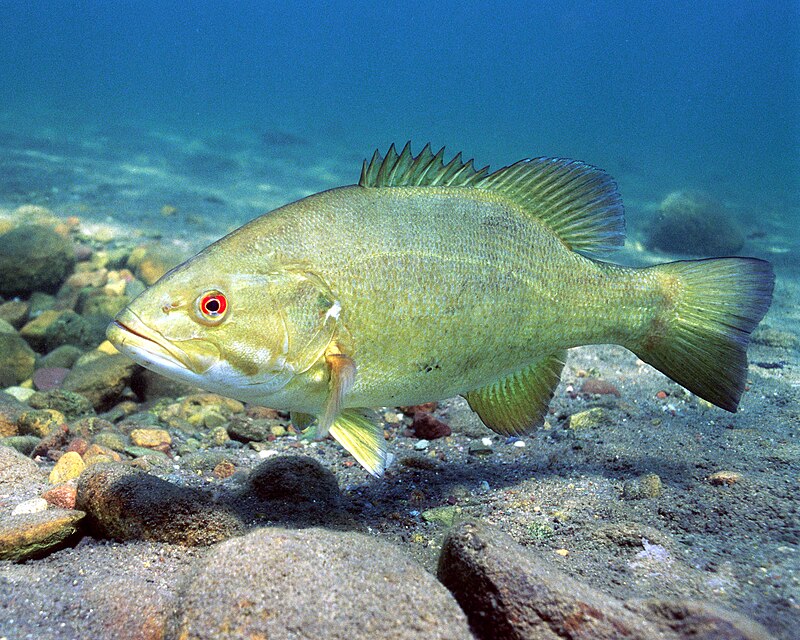
Health and Durability
Bass are hardy, but their large size and predatory nature come with unique challenges. They are sensitive to water quality and can easily develop stress-related conditions in confined spaces.
Common Health Issues
- Parasites: Especially if fed live prey from untrusted sources.
- Fungal Infections: Appear as white patches; often due to poor water hygiene.
- Fin Rot: Caused by bacterial infection in dirty or overcrowded tanks.
- Swim Bladder Issues: From overeating or gulping air at the surface.
Preventative Care
- Quarantine live food before feeding.
- Maintain pristine water conditions.
- Avoid overcrowding.
- Provide a balanced diet with occasional vitamin supplements.
With proper care, captive bass can live 10–15 years, though some have exceeded this in large, well-maintained ponds.
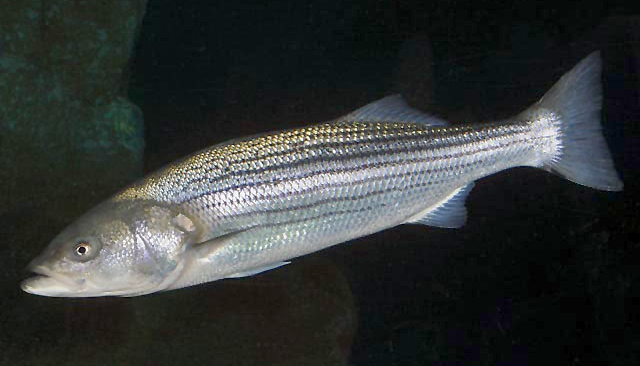
Availability and Cost
Bass are widely available but come with legal considerations. In some regions, keeping native bass species requires a permit, so always check local wildlife regulations before purchase.
Where to Buy
- Licensed Hatcheries: The best and safest option, providing disease-free fish.
- Bait Shops: Often sell juvenile bass, but these are intended for fishing use—verify legality before buying.
- Fish Farms or Online Suppliers: Offer tank-raised bass suitable for aquaria or ponds.
Cost Breakdown
- Bass Price: $10–$50 for juveniles; larger or rare color morphs can cost up to $150.
- Setup Cost: $500–$1,500 depending on tank size, filtration, and decor.
- Ongoing Costs: Food, water treatments, and electricity (filtration and aeration systems).
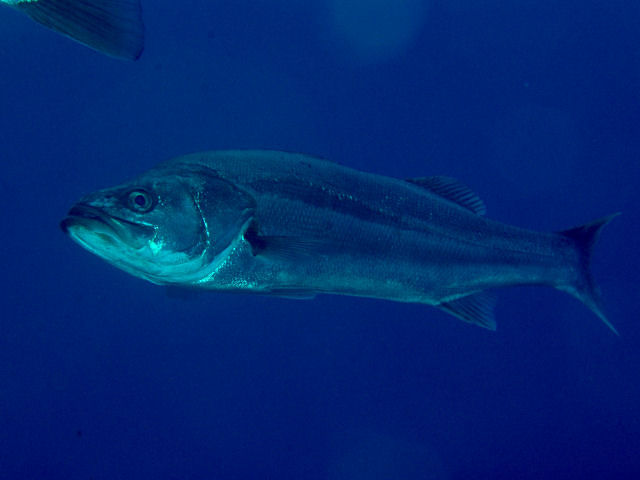
Pros and Cons
Pros
✅ Intelligent and highly interactive fish.
✅ Stunning appearance and fascinating predatory behavior.
✅ Hardy species that can live many years.
✅ Adaptable to both indoor aquariums and outdoor ponds.
Cons
❌ Requires a very large tank or pond.
❌ Can be aggressive and eat tankmates.
❌ High maintenance due to water quality needs.
❌ Live feeding may not suit all owners.
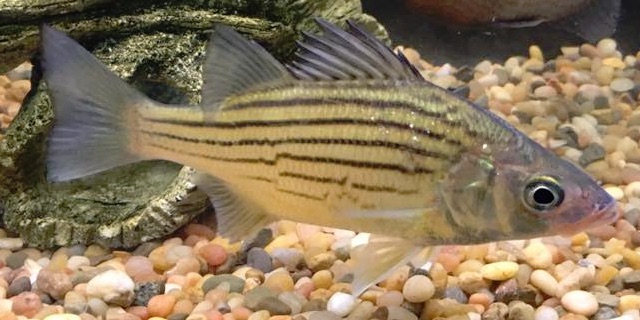
Final Thoughts
Bass are not your typical aquarium fish—they are living symbols of power and grace. Their intelligence, beauty, and wild instincts make them one of the most rewarding species for experienced aquarists who can meet their demanding needs.
While they require space, filtration, and careful feeding, those who commit to their care are rewarded with a truly magnificent pet—one that embodies both the calm and the thrill of nature.
For anyone considering a bass, research your local laws, ensure you have ample space, and prepare to experience one of the most captivating fish in the freshwater world. Whether you choose to keep them in a large indoor tank or an outdoor pond, bass offer an unforgettable glimpse into the beauty of aquatic life.
Have you ever kept a bass or seen one up close in a private pond? Share your experiences and care tips in the comments below! We’d love to hear how you’ve built your setup and what makes your bass unique.
For more aquarium and fish-keeping guides, stay tuned to our blog and subscribe for future updates! 🎣

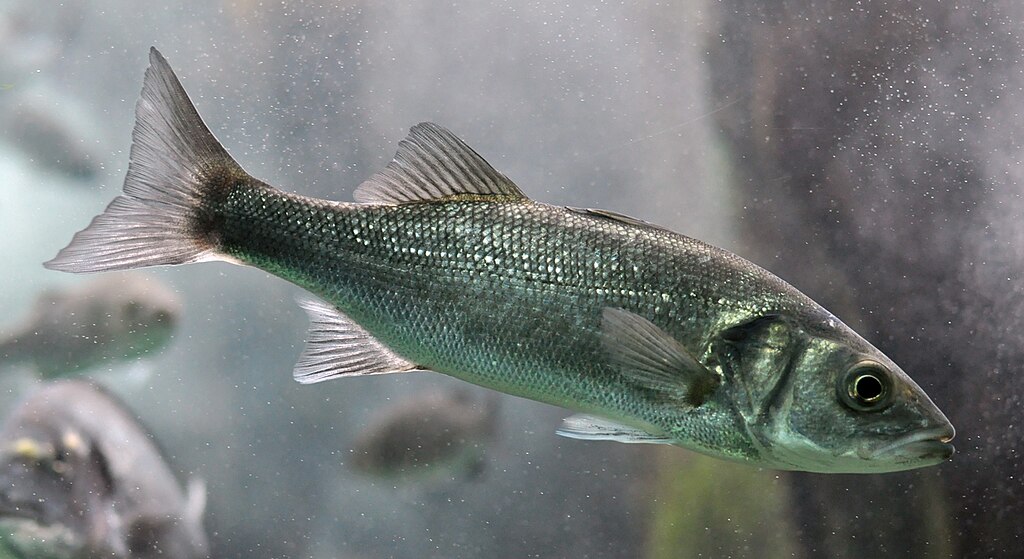

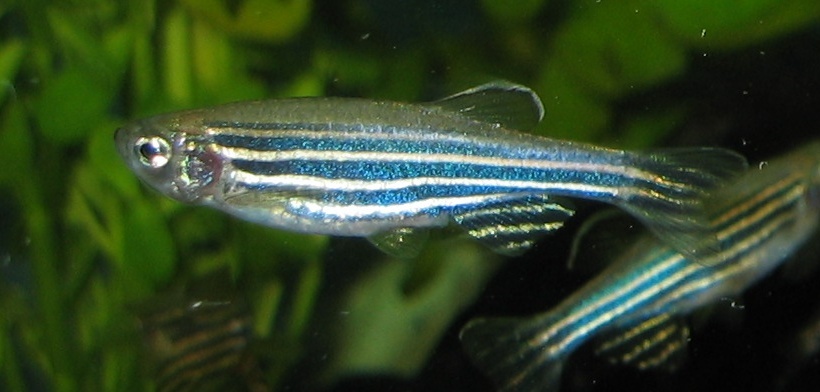
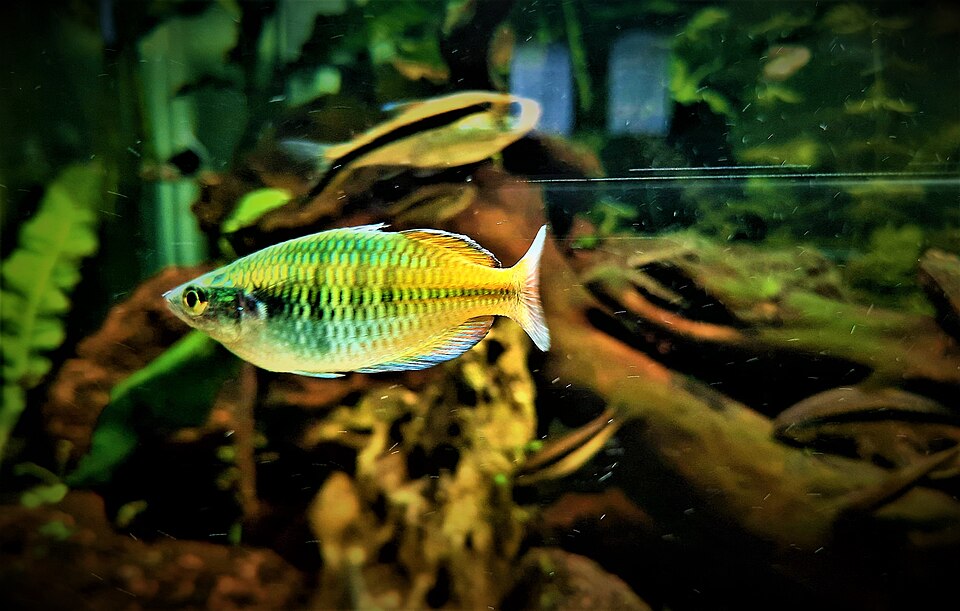
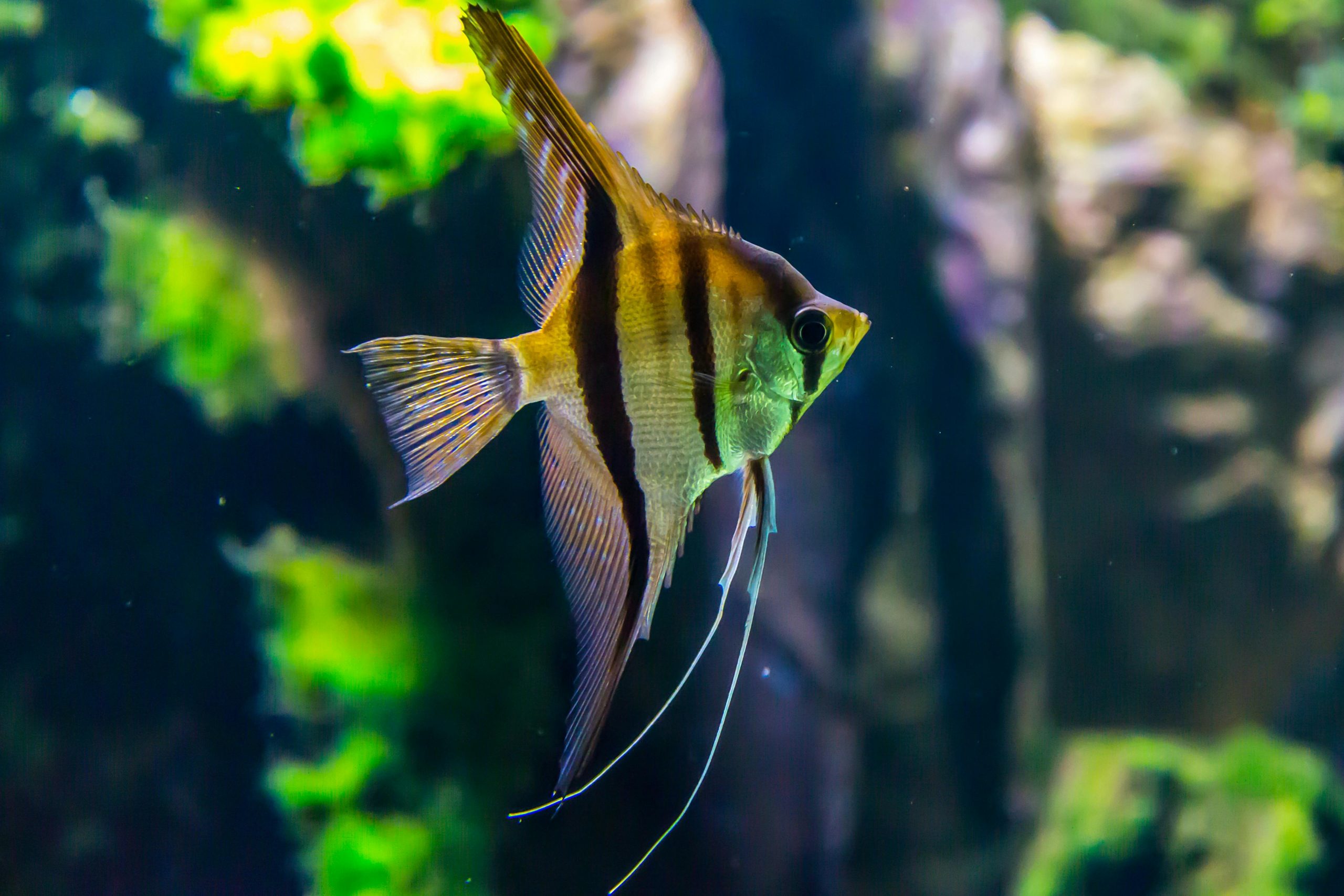
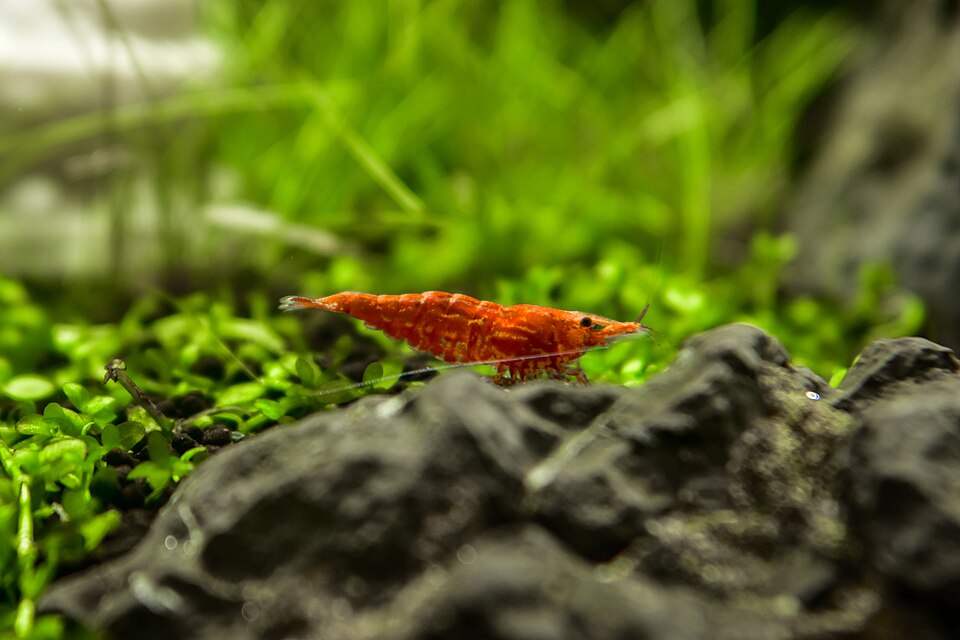

Leave a Reply